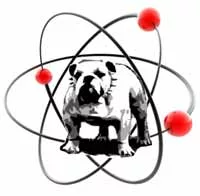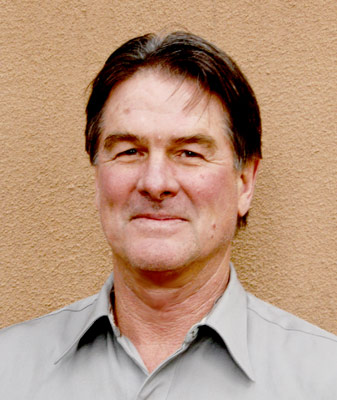GAO Seeks Broader Analysis For Proposed Liquid Waste Facility at LANL
The Government Accounting Office (GAO) was mandated to review the “analysis of alternatives” (AOA) process applied by NNSA. The process entails identifying, analyzing, and selecting a preferred alternative to best meet the mission need by comparing the operational effectiveness, costs, and risks of potential alternatives. GAO developed a set of practices by reviewing AOA policies and guidance used by seven public and private-sector entities with experience in the AOA process. GAO’s review of DOE’s requirements for AOAs found that they conform to only 1 of the 24 best practices: the practice of defining functional requirements based on mission need.
DOE and NNSA officials acknowledge that unreliable AOAs are a risk factor for major cost increases and schedule delays for NNSA projects. As GAO has previously reported, NNSA has spent billions of dollars designing and partially constructing projects with an estimated cost of $750 million or more, only to later reassess alternatives. NNSA may continue on this path and continue to have limited assurance that it is selecting alternatives that best meet its mission needs and will not result in major cost increases and schedule delays in the future.
Overall, the National Nuclear Security Administration’s (NNSA) analysis of alternatives (AOA) conducted for the Radioactive Liquid Waste Treatment Facility (RLWTF) project only partially met best AOA practices. The mission need for this project—to replace the current, aging facility—was approved in October 2004. NNSA approved an initial AOA for this project in 2006, and after substantial cost increases, conducted a second AOA (analyzed here) in 2013. NNSA currently estimates the project will cost between $168 million and $220 million.
The GAO compared the AOA conducted at the Radioactive Liquid Waste Treatment Facility at LANL with AOA best practices in 24 areas.
For instance in best practices, the team or the decision maker defines selection criteria based on the mission need. What LANL actually did only partially met best practices because the Lab included in the project documentation brief summaries of the selection criteria used but did not describe how these were based on the mission need. LANL included only one of these selection criteria—the scope—in the mission need statement.
In another case, the team or the decision maker is supposed to weigh the selection criteria to reflect the relative importance of each criterion. Here best practices were not met because LANL did not include weighting selection criteria in project documentation.
The ailing facility is still operating.
During 2013, all treated water from the RLWTF was fed to the effluent evaporator. The evaporator was operated 3654 hours on 201 days during 2013, in both one-burner and two-burner mode. A total of 2.64 million liters of treated water were fed to the evaporator, and 2.55 million liters were discharged to the environment as steam from the evaporator stack.
Curies of radioactive materials fed to the effluent evaporator during 2013 were calculated by multiplying the evaporator feed volume (2,638,330 liters) times the flow-weighted average concentration of each radionuclide. Feed to the effluent evaporator in 2013 contained approximately 4.9E-04 curie alpha radioactivity, 3.35E-04 curie beta radioactivity, and 1.7E-02 curie of tritium.
This RLWTF is vital to nuclear weapons production operations at the Lab. But equipment failures could pose a risk to facility workers.
GAO-15-37: Published: Dec 11, 2014. Publicly Released: Dec 11, 2014.
Authors: Del Signore, John C. [Los Alamos National Laboratory]
2014-11-25, LA-UR-14-29097




